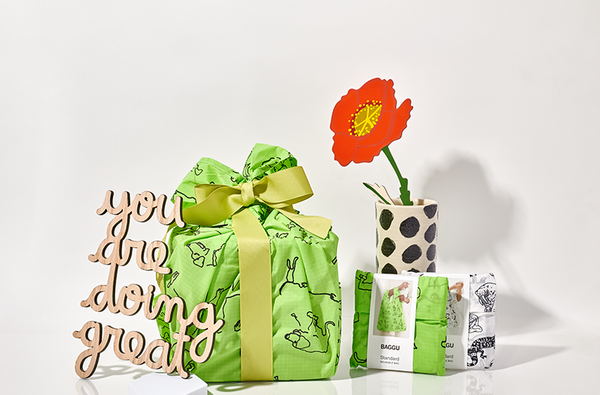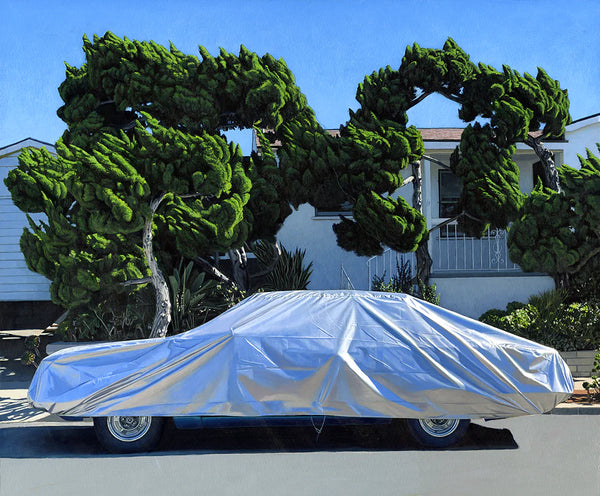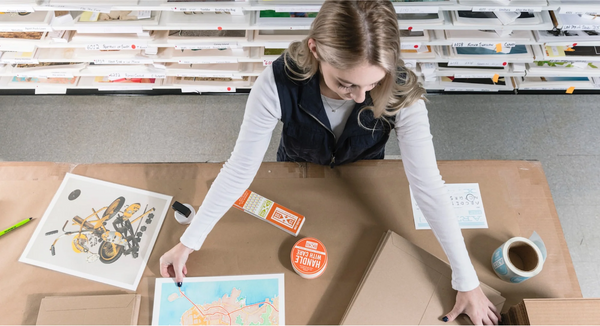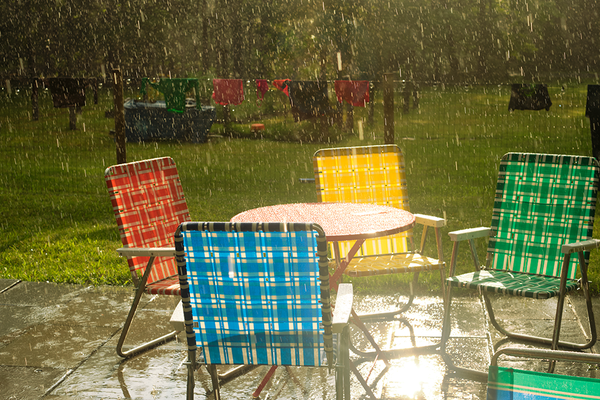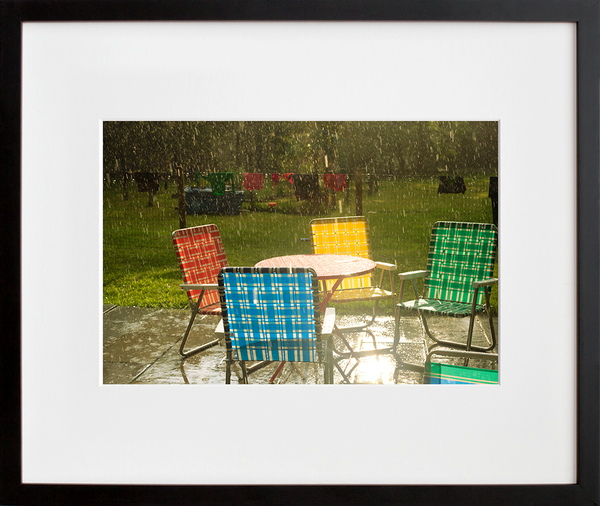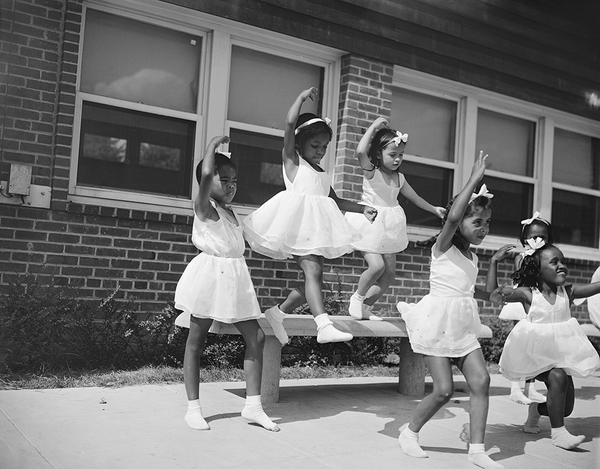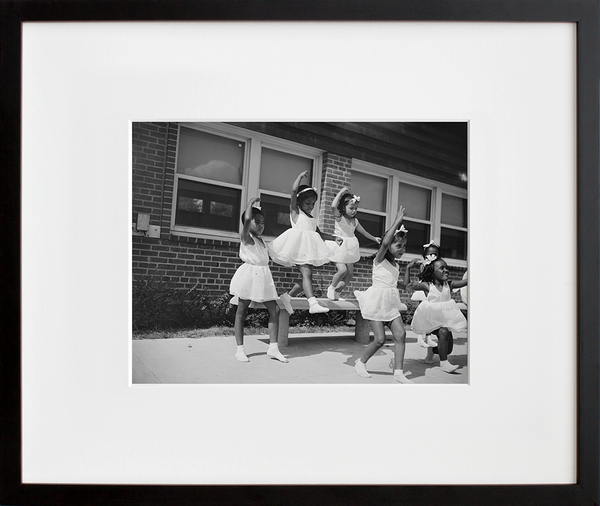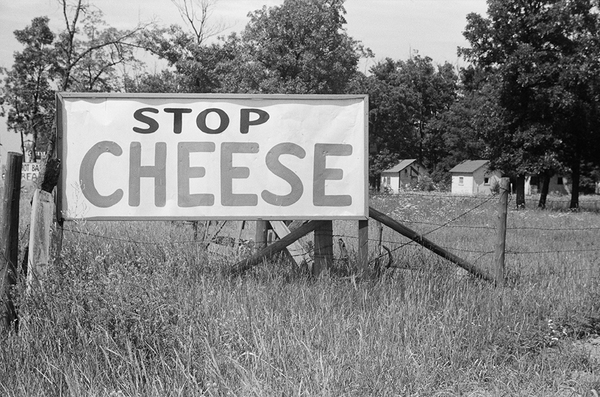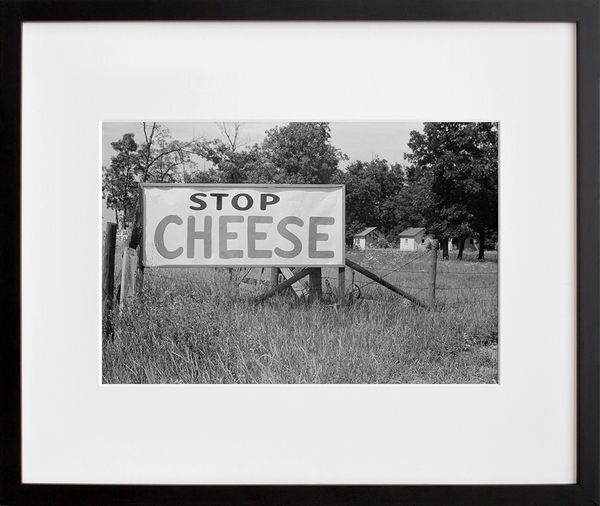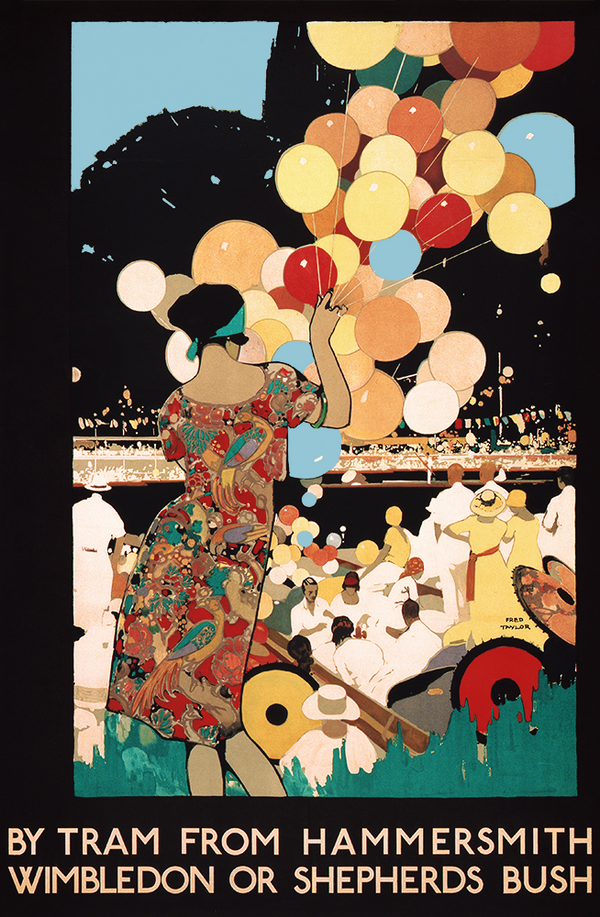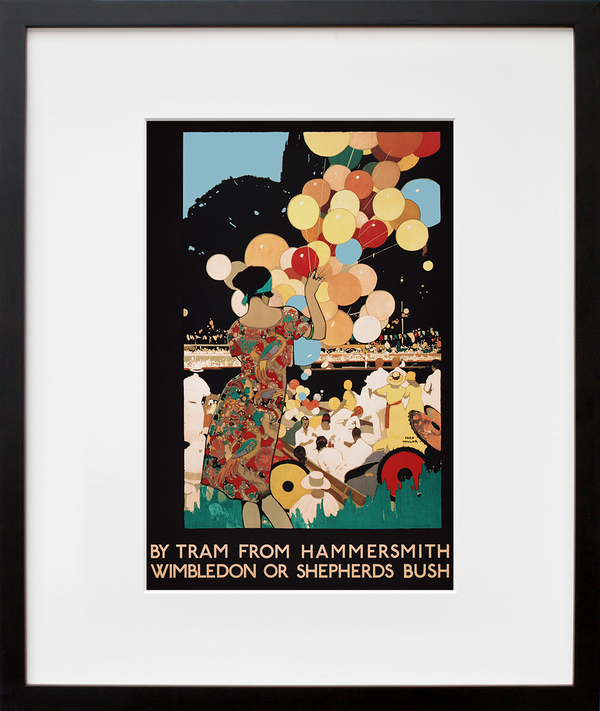We recently got a chance to sit down with Flora Hanitijo, the visionary artist behind Smoke (our debut edition with her!). The piece depicts a literal and metaphorical rainbow of different states of matter, light, and form. Originally from Macau, Hanitijo grew up in Montreal, Canada and settled in New York City after studying at the famed Cooper Union. She spent a decade working and living between Paris, London, and New York–a cosmopolitan artist to the core. Hanitijo generously shared insights and some gorgeous images with us–and you!—commenting on her journey and process.
You've lived and worked all over the globe. Have you ever experienced the phenomenon of a particular move really immediately impacting the direction of your work?
There are three places that shaped who I am as a photographer: New York, Paris, and London—in that order.
New York is where legendary photographer Arnold Newman told me my work sucked when I was 20, because he didn’t see me in any of it. The images had no personality. He said, “I can take a portrait of Picasso and a toilet, and people can still tell it’s an Arnold Newman photo. You need to find your signature, kid.” New York kicked my butt—hard—and trained me at the highest level as a professional photographer. I came here my junior year of art school from Montreal and was exposed to art and ideas that reshaped the way I looked at the world. My years as an assistant—working and learning from the best—were a masterclass in photography. I learned how to light in any situation, troubleshoot every mishap, and most importantly, how to deal with clients and treat people. I refuse to be an asshole because of it. New York gave me grit.
Paris gave me the confidence to trust my instincts and my vision. When I was starting out, I tried to emulate the people I worked for—but badly. The pictures were cheesy and had no soul. I didn’t believe in them. My portfolio was full of images I thought I was supposed to have, instead of images I actually liked. In Paris, people were interested in my personal work—the stuff I loved but didn’t think I could make a living from. I remember showing my portfolio to an art buyer who was more drawn to my personal images than the slick fashion shoots. I was embarrassed by my commercial work, but I loved the photos I’d taken with my little Yashica T4. That moment made me ask: What’s the point if I don’t believe in what I do?
So I stopped trying to be a fashion photographer. I focused on the work I cared about: people and their lived lives. I learned that beautiful images can be simple. They don’t need all the hoopla. BUT, I also have the technical chops to give you daylight on a stormy day and make it look effortless.
If Paris gave me the confidence to shoot the way I wanted to, London gave me the confidence to be who I truly am. As a Canadian living in the U.S., I’ve always felt like an outsider looking in. I knew the right people, the cool kids, but stayed on the periphery. In London, I felt like I could finally breathe. I immediately found my people. I learned to appreciate what I once saw as my deficit and turn it into a strength. Feeling like an outsider made me more astute in my observations, a very handy skill as a photographer and filmmaker. I think that’s the arc of adulthood, isn’t it? Always tweaking here and there until it makes sense to you.
What is the most challenging thing to you about photographing the unphotographable?
One of the most challenging things about photography—especially in a visually overloaded world—is figuring out how to capture something that has been done a million times before. How do I make this image uniquely mine?
For me, when I shoot landscapes or still life, I treat them like self-portraits. That mindset helps guide me aesthetically. When I’m on a portrait assignment and have only a limited amount of time with my subject, finding a connection can be difficult. I was once given five minutes to photograph an intimate portrait—you’re essentially set up to fail. My job as a portrait photographer is to capture the essence of a person. Rapport and intimacy come from slowness, from time shared. It’s almost impossible to do that in five minutes.
Yet working experiences teach you tricks—ways to find that connection in a short window. That’s the difference between a professional and an amateur: a professional can be fully present and still create under pressure. Trusting my gut and instincts is something I’m always working on. You have to be so focused, so attuned, in order to quiet the noise and truly show up for your subject.
How did you first fall in love with photography?
I remember it so clearly. I was doing a technical exercise where I had to shoot an onion in daylight with b+w film. I was 17 and took a continuing education course in photography to add an extra credit towards my university application. That course changed my life. I am an introvert with a rich inner life. Yet, I have always had trouble expressing myself verbally. When I started shooting, I immediately knew I found my language. The light hitting the onion stirred something deep inside me. It was so ordinary yet breathtakingly beautiful.
Who knew an onion would change my life.

